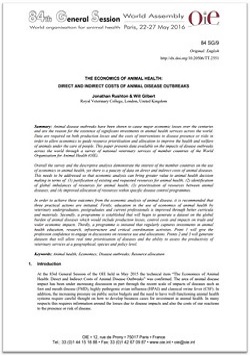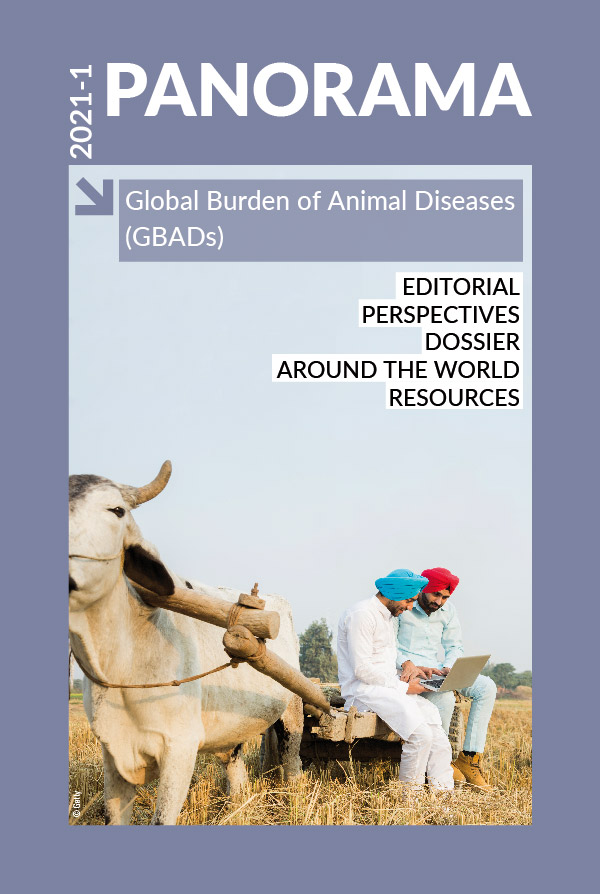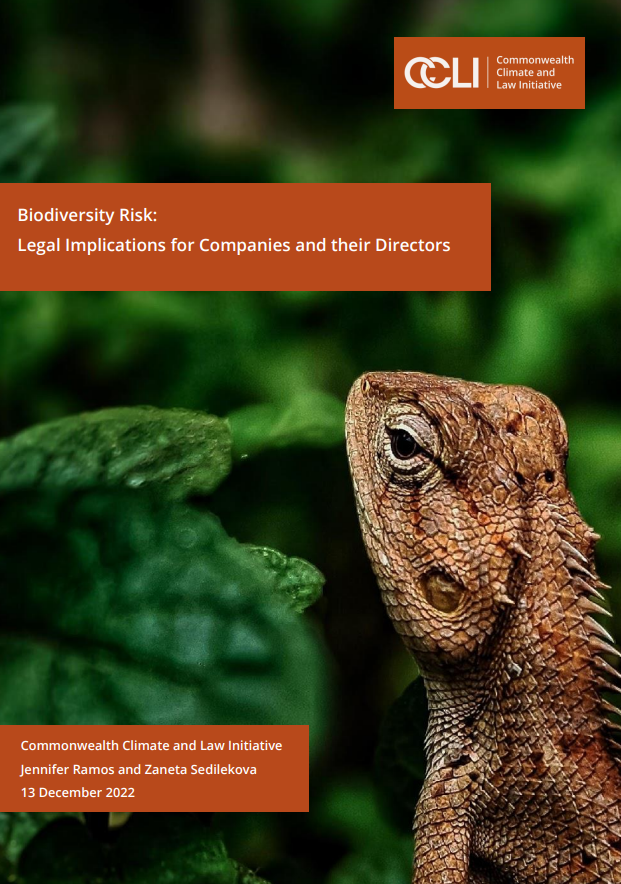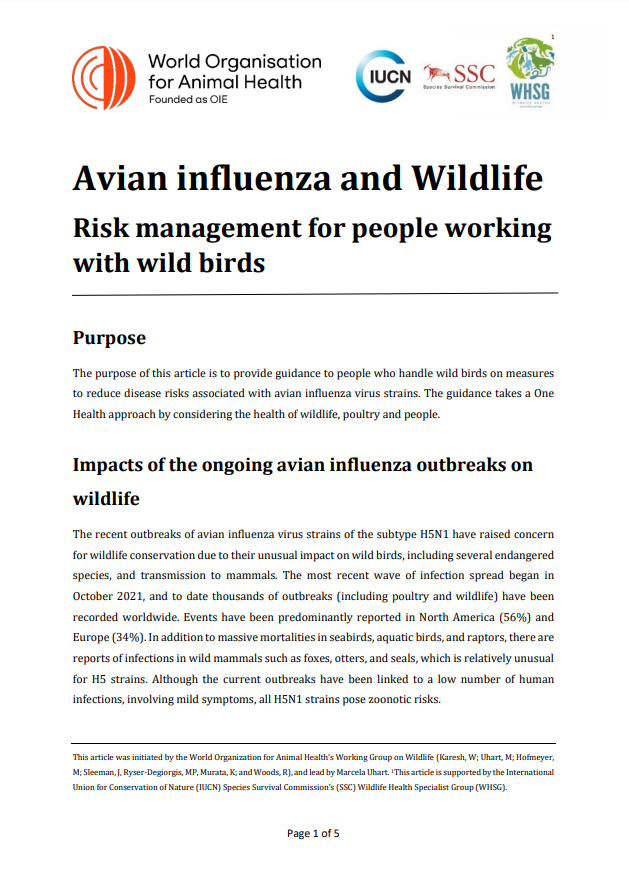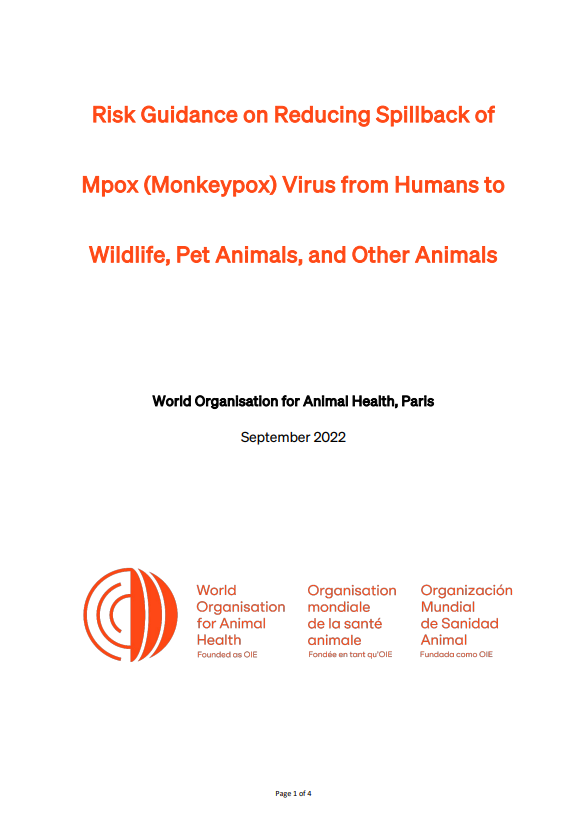Keywords
World Organisation for Animal Health (OIE)
2016
Technical item presented to the World Assembly of Delegates during the 84th General Session of the OIE, Paris, 22–27 May 2016.
Authors: Jonathan Rushton & Will Gilbert
18 pages
Summary:
Animal disease outbreaks have been shown to cause major economic losses over the centuries and are the reason for the existence of significant investments in animal health services across the world. Data are required on both production losses and the costs of interventions to disease presence or risks in order to allow economics to guide resource prioritisation and allocation to improve the health and welfare of animals under the care of people. This paper presents data available on the impacts of disease outbreaks across the world through a survey of national Veterinary Services of OIE Members.
Overall the survey and the descriptive analysis demonstrate the interest of OIE Members on the use of economics in animal health, yet there is a paucity of data on direct and indirect costs of animal diseases. This needs to be addressed so that economic analysis can bring greater value to animal health decision making in terms of:
- justification of existing and requested resources for animal health
- identification of global imbalances of resources for animal health
- prioritisation of resources between animal diseases
- improved allocation of resources within specific disease control programmes.
In order to achieve these outcomes from the economic analysis of animal disease, it is recommended that three practical actions are initiated:
- education in the use of economics of animal health by veterinary undergraduates, postgraduates and current professionals is improved through better curricula and materials
- a programme is established that will begin to generate a dataset on the global burden of animal diseases which would include production losses, control costs and impacts on trade and wider economic impacts
- a programme is initiated that regularly captures investments in animal health education, research, infrastructure and critical coordination activities.
DOI of the original report: https://doi.org/10.20506/TT.2551




